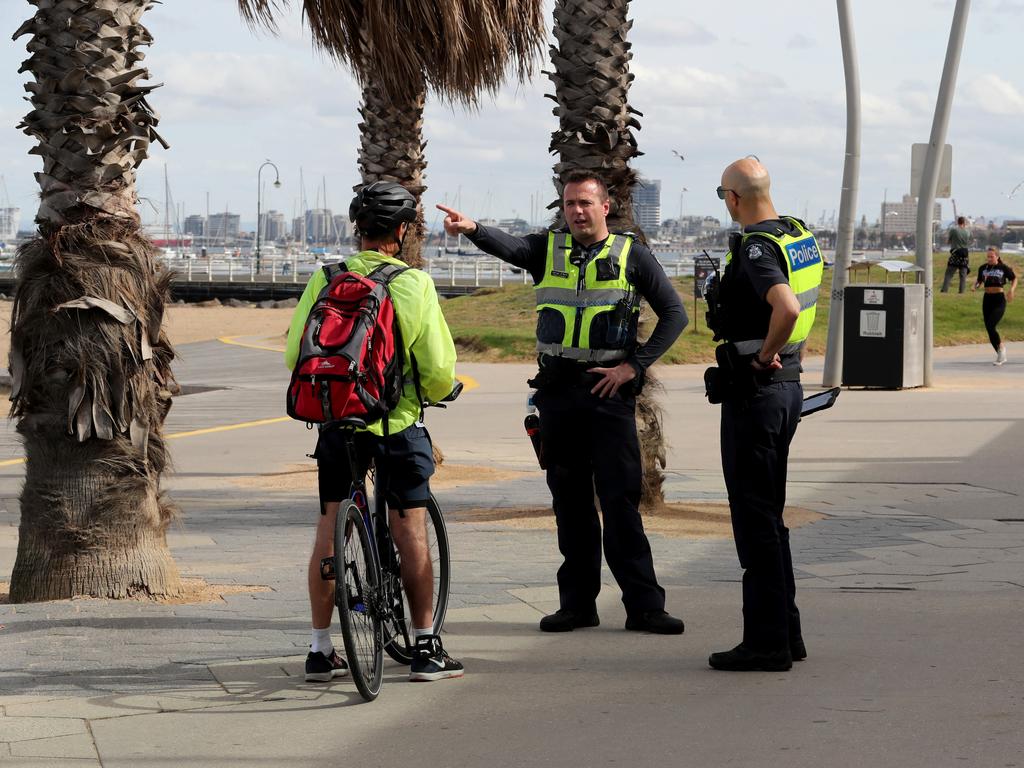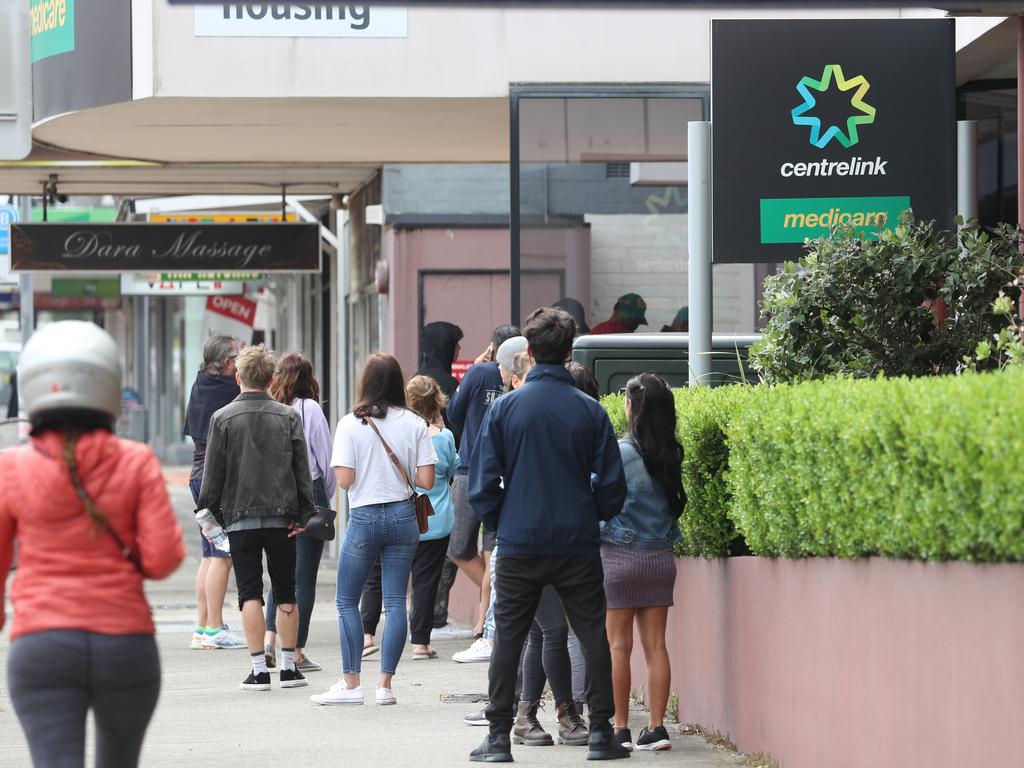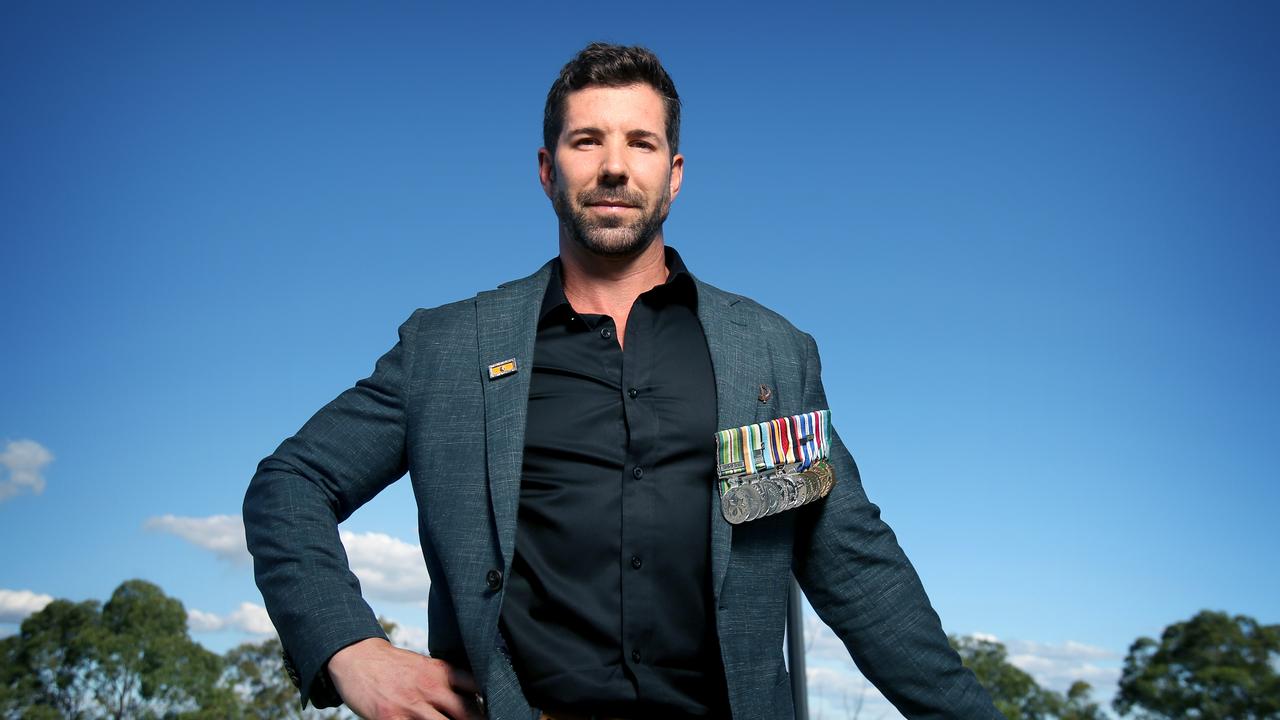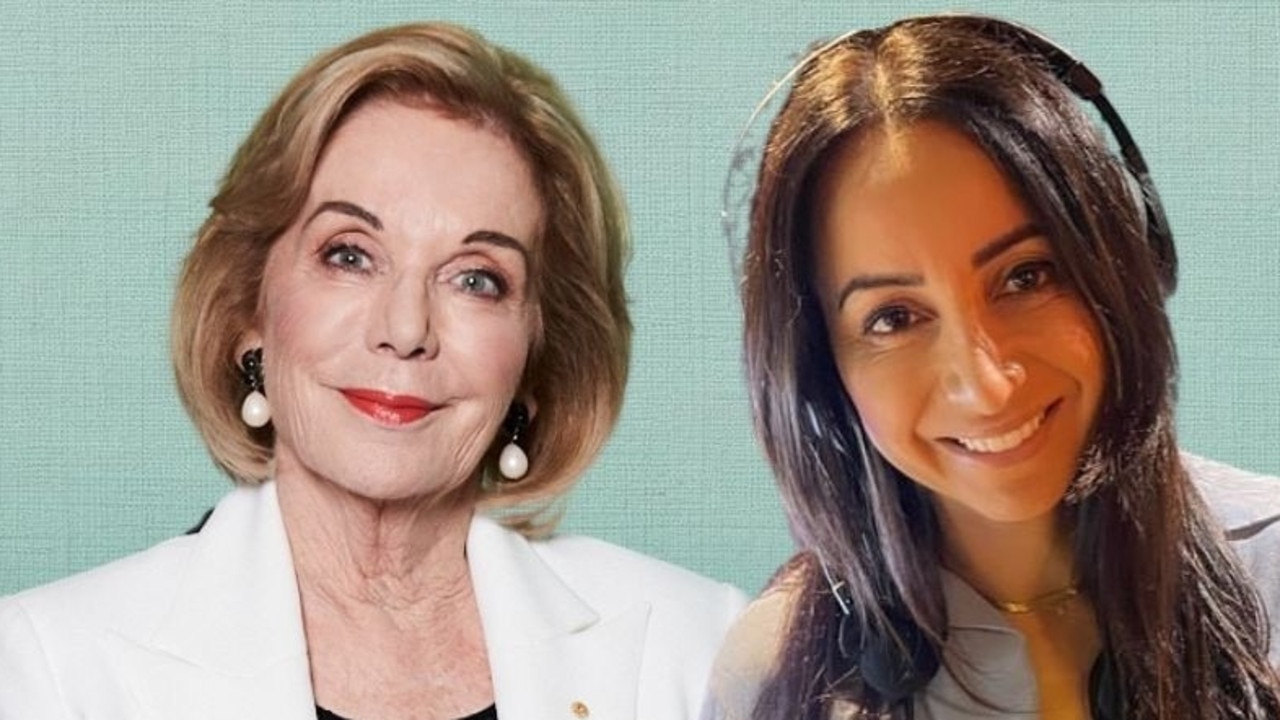
The media has split into two camps on dealing with the economy in the face of COVID-19.
Commentators on the left back the views of the ABC’s resident GP, Dr Norman Swan: the government should shut down society to stop the virus spread. ABC economics correspondent Emma Alberici told her 125,000 Twitter followers: “We live in a community not an economy.”
This newspaper’s economics editor, Adam Creighton, a former Reserve Bank economist, masters graduate from Oxford and author for The Economist and The Wall Street Journal, has been mocked on Twitter for being concerned about the possible effects of the shutdown and the size of the government’s bailout.
Siding with Creighton are Sky News host and News Corp columnist Andrew Bolt and senior News Corp finance commentator Terry McCrann. McCrann had spent a week urging the government to introduce a jobs support package based on the New Zealand model before last Monday’s $130bn jobs guarantee. But he is sceptical the economy can be put into hibernation for six months.
Like the need to “flatten the curve” so our health system is not overwhelmed, the public is largely taking on faith the language of the government’s economic ministers. This includes phrases that suggest the “economy will come roaring back” when we “get to the other side”.
Economists also supported flattening the curve, but are concerned at the unprecedented nature of the challenge governments are facing. There is no precedent for deliberately putting large sections of national economies to sleep. Or for imagining these can be reawakened at will like Sleeping Beauty.
Bolt and McCrann have queried the government’s six-month time frame and have suggested a resumption of normal social interaction after the virus has peaked, which according to government modelling quoted by Sky News political editor Andrew Clennell may be around Anzac Day, April 25.
At his Canberra press conference on Thursday Prime Minister Scott Morrison stuck by the six-months line, but the same day NSW Police Commissioner Mick Fuller said he would not seek an extension of powers to enforce social distancing beyond the 90 days he had been granted. Morrison may privately be prepared to change tack earlier if the medical advice supports that but would not want to see the media ease the social-distancing message too early.
Australian Financial Review columnist Chris Joye, of Coolabah Capital Investments, wants a change in strategy. On his Livewire blog on March 30 he wrote, “While Australia has outperformed most of its global peers in terms of the growth rate of new infections and fatalities, the national virus containment strategy needs to adapt fast. What we do not need is a national lockdown for six months …”
A six-month hibernation would “dramatically accelerate Australia’s move to outright depression and mass unemployment, which is where we are heading”. Joye favours an easing of lockdowns when the infection has peaked but serious quarantining for “the minority of vulnerable Australians over the age of 70 that represent less than 10 per cent of our population’’.
Even The New York Times was warning last week about restrictions. “It already looks like the abrupt halt could require a years-long recovery — rather than the simple flip of a switch to a robust recovery …”
It is a debate worth having, especially if you are concerned we not destroy the livelihoods of millions of young workers. Remember in an average flu season between 1500 and 3000 Australian die of influenza and 18,000 are hospitalised.
Where is the evidence sectors of the economy in hibernation for six months will magically rev back to life? While people sick of staying home might be keen on a meal or a drink out, there could also be caution after months of social distancing.
Would airlines, hotels and cruise ship lines magically see queues of customers? The cruise ship industry could take years to recover, while airlines would still be unable to fly to countries where the infection remained.
Would the millions who had lost their jobs and were behind in mortgage or rental payments go out and consume at the same level as the previous year? Or would they batten down to pay off accumulated debts?
Will some sectors, such as office construction, be adversely affected because business sees workers able to function from home? Will companies fly executives to conferences and meetings or rely on Skype and Zoom as they have been?
Western world wages growth by 2020 still had not returned to levels before the global financial crisis in 2008. The world did not recover from the Great Depression until after World War II.
While last Monday’s jobs package is considered world’s best, not all such corporatist arrangements are in the public’s long-term interest. Janet Albrechtsen in this paper last Wednesday, and AMP chairman David Murray in the AFR on Thursday, showed why corporatist solutions can have a downside.
Some industry super funds are having trouble with the government’s decision to allow members to access $10,000 cash before June 30 and another $10,000 from July 1. These funds claim they offer higher rates of return than retail superannuation funds.
Yet some funds operate like large Ponzi schemes. They invest billions of dollars of members’ mandated contributions in illiquid assets for which there is a thin market, often the CBD office buildings construction union members have worked on. These assets are revalued upwards annually and members’ compulsory super contributions allow more such assets to be acquired. Only when they are forced to provide extra liquidity does a problem become apparent.
Retail funds may be subject to the vagaries of sharemarket valuations, bond yields and exchange-rate fluctuations. But their investments are highly liquid. The super industry could be devastated by a six-month shutdown.
Jeff Kennett and Mark Latham agreed on Channel 7 Sunrise on Friday that Morrison should be aiming to restart the economy by the end of June. On ABC RN Mornings new Westpac CEO Peter King was sticking to the government’s line about the rapid recovery “on the other side”. After the royal commission and with the backing of the Reserve Bank to defer repayments for up to six months, banks have no choice but to toe the line. Trouble is knowing where the line will end up.
ANU infectious diseases expert Peter Collignon said on Twitter on Friday morning, “we have more than just flattened the curve. We are reversing it. But until we have broad immunity either from a safe vaccine or from infection itself, we will continue to be at risk. Winter here is our next big test but we will be at risk for at least two years”. That really would require a change of policy.







